1. Doctor Recommended Cigarettes

Yes, you read that right—there were still cigarette ads in the ’70s claiming doctors preferred certain brands. These ads often showed a smiling physician in a white coat, clipboard in hand, holding a pack as if it were a prescription. The message was clear: if it’s good enough for your doctor, it’s good enough for you. It’s jarring now, considering what we know about smoking’s health risks. The use of medical authority was meant to calm any lingering doubts from the public. At the time, people trusted their doctors implicitly, so this marketing tactic worked shockingly well. Seeing these ads now feels almost surreal, as if they were parody instead of reality.
Of course, tobacco companies leaned heavily on these campaigns before the U.S. banned cigarette ads on TV in 1971. Print ads lingered for a while, and the imagery of trusted professionals hawking cigarettes stayed burned into the public’s mind. Looking back, it’s unsettling to think how many people probably felt reassured lighting up after seeing a doctor’s “endorsement.”
2. Baby Bottle Soda

In the ’70s, a few soda companies pushed a wild idea—give your baby cola. Some ads even featured smiling infants holding miniature bottles of soda, complete with a reassuring caption that there was “no harm” in starting young. The implication was that it would make them grow up big and strong, a concept so absurd now that it’s hard to believe it ever made it to print. The colors were bright, the babies were adorable, and the sugar content was astronomical.
Marketers leaned on the idea that kids would be lifelong customers if they started early. Parents, not yet bombarded with health warnings, might have been swayed by the cheerful branding. Now, we cringe at the thought of tiny teeth coated in sugar and caffeine before they could even walk. It’s a perfect example of how marketing sometimes outpaces common sense.
3. Airline “Stewardess” Stereotypes

Some airline ads from the ’70s leaned hard into a very outdated image of female flight attendants, then often called “stewardesses.” They portrayed them as glamorous, flirty, and always ready to cater to male passengers’ every whim. One airline famously ran ads suggesting the attendants were part of the “service” in more ways than one. These campaigns used suggestive taglines and posed women in ways that had more to do with fashion modeling than aviation safety.
It was all part of selling flying as an upscale, almost fantasy-like experience for men. Female employees were expected to maintain strict appearance standards and often had weight restrictions. While the airlines thought they were selling charm and luxury, the sexism is glaring today. These ads now serve as uncomfortable reminders of how workplace norms have (thankfully) changed.
4. Sugary Cereal Health Claims

In the ’70s, cereal companies had no problem declaring their sugary creations were part of a “wholesome breakfast.” Some ads even implied the sugar was a form of quick energy that kids needed to start the day. Commercials showed smiling moms pouring bowls piled high with marshmallows or frosted flakes, next to toast, juice, and milk to make it look balanced. It was a breakfast table straight out of a cartoon.
The bright boxes and catchy jingles made these cereals irresistible to kids, and the “health” spin made parents feel better about it. With far fewer regulations on advertising to children, these companies could market directly during Saturday morning cartoons. It’s no wonder so many people grew up thinking a bowl of rainbow-colored sugar was just fine for every morning.
5. Diet Ads Playing on Insecurities
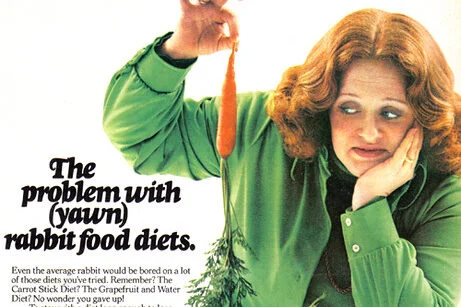
The ’70s saw a wave of weight-loss products marketed with a not-so-subtle dose of shame. Many featured “before and after” photos alongside taglines that suggested thinness equaled happiness, success, and romance. Some even implied that if you didn’t lose weight, you’d lose love. They targeted both men and women, but women bore the brunt of the messaging.
While some products were shakes or pills, others were frankly bizarre, like “reducing” shoes or vibrating belts. None of these were proven to work, but they preyed on people’s insecurities to sell them anyway. Looking back, the combination of pseudoscience and emotional manipulation is hard to stomach.
6. Beer for “Working Moms”

There was a brief trend of beer ads in the ’70s aimed at mothers—yes, really. These suggested that after a long day of cooking, cleaning, and caring for kids, mom deserved a cold one. Some even positioned beer as a refreshing alternative to milk at dinner. The imagery often included smiling families with frothy mugs next to the casserole dish.
It was a strange mix of domestic wholesomeness and casual alcohol marketing. The idea was to normalize beer as part of everyday family life, even for women who weren’t traditionally the target audience for beer ads. Today, it feels like an odd and slightly inappropriate attempt to tap into women’s lib while still keeping them in the kitchen.
7. Perfume as the Key to Marriage

Perfume ads in the ’70s often sold much more than fragrance—they sold the promise of love, marriage, and even lifelong devotion. The language suggested that if you wore the right scent, a man would not only notice you, he’d propose. The visuals were lush, with glamorous women in flowing dresses and smitten men gazing adoringly at them.
Some campaigns even featured wedding imagery outright, making it seem like perfume was a shortcut to the altar. These ads tapped into the cultural narrative that a woman’s ultimate goal was to find a husband. Now, the idea that a bottle of cologne could determine your romantic future is more laughable than persuasive.
8. Unsafe Toys in Action

Toy ads in the ’70s didn’t just sell toys—they sold dangerous stunts. There were commercials for lawn darts, BB guns, and chemistry sets with real acids, all portrayed as perfectly fine for kids. Safety warnings were minimal or nonexistent. The tone was always adventurous, with kids shown playing unsupervised in backyards or living rooms.
This was an era before stricter safety regulations, so anything that looked fun could be marketed directly. Parents were expected to trust the ads, and many did. Looking back, it’s amazing there weren’t more serious injuries from some of these “must-have” toys.
9. Soda as a Diet Aid
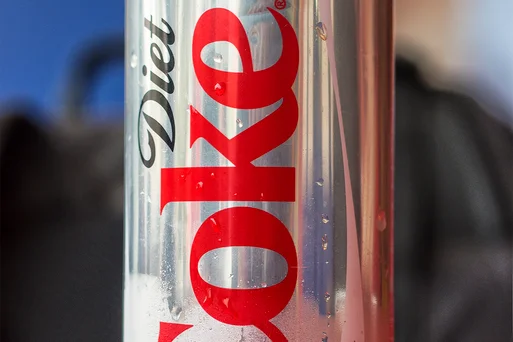
Some soda brands in the ’70s advertised themselves as a weight-loss tool. The logic was that drinking a bubbly, low-calorie beverage would curb your appetite and help you slim down. Ads featured trim, smiling people in beachwear, holding soda cans like they were miracle elixirs. The connection between soda and health was more marketing fantasy than medical fact.
The appeal was strong for anyone looking for an easy fix, especially in an era of fad diets. With no requirement for scientific proof in ad claims, these slogans went unchallenged. It’s a strange thought now, considering soda is often linked to weight gain rather than loss.
10. Breakfast Meat Endorsements by Athletes
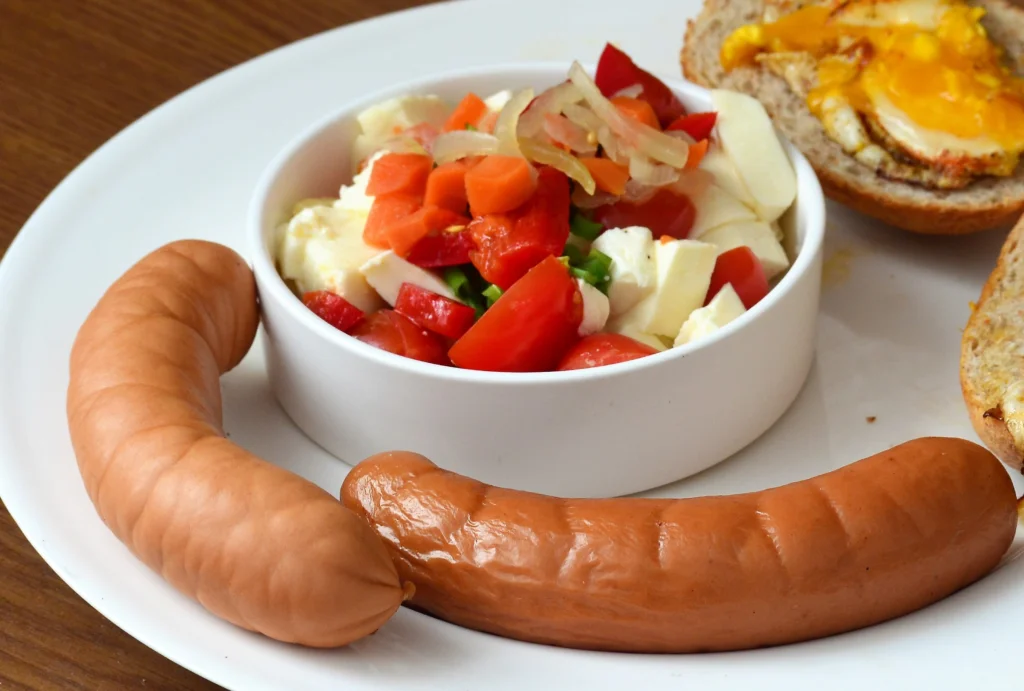
In the ’70s, athletes often appeared in ads for bacon, sausage, and other breakfast meats, claiming it was the perfect fuel for performance. The idea was that protein-packed, greasy meals gave you the strength and stamina to win. These commercials usually featured smiling sports stars in uniform, enjoying a plate piled high with meat before heading to the field.
At the time, sports nutrition wasn’t as studied, and marketing teams leaned heavily on celebrity appeal. It gave parents an easy reason to serve big breakfasts to their kids, hoping they’d grow up strong. Today, these ads feel almost quaint in their simplicity—and their nutritional advice.
11. Shampoo Promising Instant Popularity
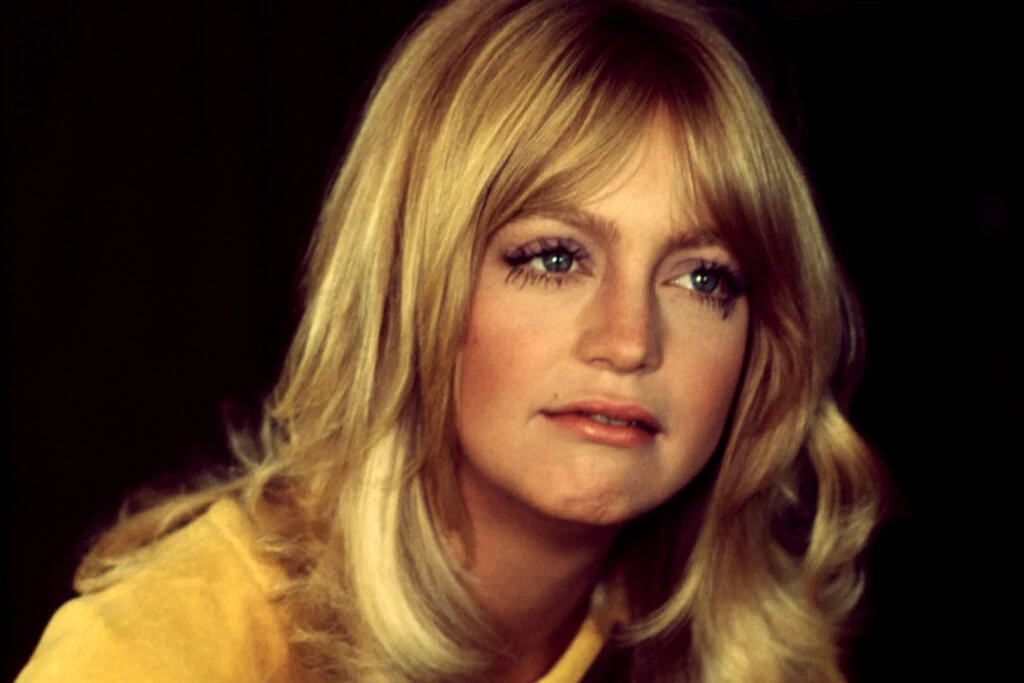
Hair product ads in the ’70s often promised more than shine—they promised social success. The idea was that if your hair looked silky enough, people would flock to you. Some even implied it could make you the life of the party or land you a romantic partner. Bottles were positioned as magic potions for popularity.
It was a reflection of the beauty standards of the time, where appearance was equated with worth. These campaigns made something as everyday as washing your hair feel like a transformational ritual. Looking at them now, it’s clear how much emotional weight was attached to something as simple as shampoo.
12. Candy for Breakfast
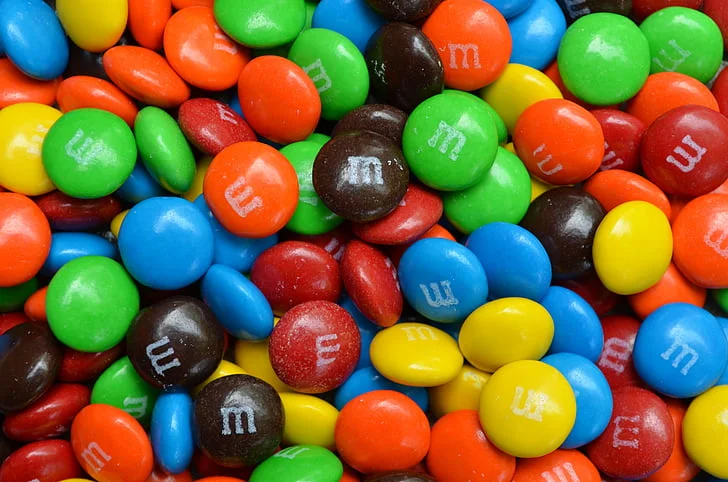
Some ads in the ’70s blurred the line between candy and breakfast food. Certain cereals were essentially boxes of sugar and chocolate, but were marketed as the perfect way to start the day. Commercials leaned into the fun, often with animated characters that made kids beg their parents for a box. The nutritional value was questionable at best.
Parents, seeing “fortified with vitamins” on the label, were reassured enough to buy it. It’s a reminder of how easily marketing can shape habits, especially when it comes to children’s food. These ads now feel like a case study in creative labeling.
13. Car Ads with No Seat Belts
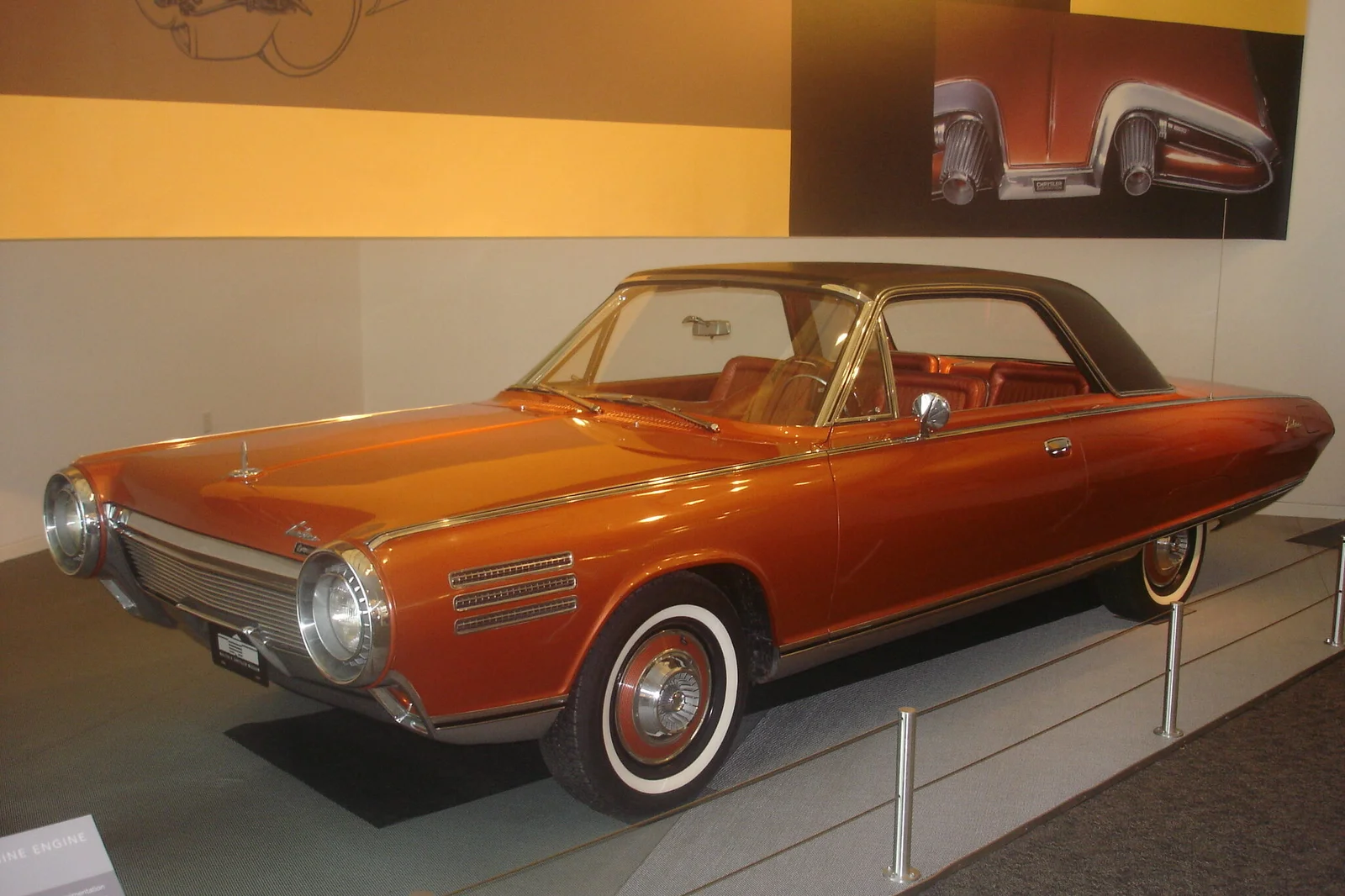
Some ’70s car ads proudly showcased interiors without even mentioning seat belts. Safety features weren’t the selling point—style and speed were. The commercials often showed families riding in convertibles, kids standing up in the backseat, hair blowing in the wind. It looked carefree and glamorous.
At the time, seat belt laws were either new or nonexistent in many places, so advertisers didn’t feel compelled to promote them. The absence of safety messaging feels shocking now, especially given how ingrained the “buckle up” message is today. These ads are a stark reminder of how much car safety culture has changed.


